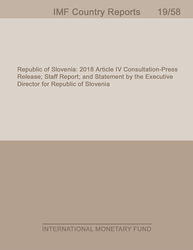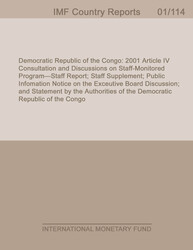
South Africa: Technical Assistance Report-Revenue Administration Gap Analysis Program—The Value-Added Tax Gap
EXECUTIVE SUMMARYThis report presents the results of applying the VAT gap estimation methodology of the Revenue Administration Gap Analysis Program (RA-GAP) to South Africa for the period 2007–12. The methodology employs a top-down approach for estimating the potential VAT base, using statistical data on value-added generated in each sector. There are two main components to this methodology for estimating the VAT compliance gap: 1) estimate the potential net VAT collections for a given period, and 2) determine the accrued net VAT collections for that period. The difference between the two values is the compliance gap.Main findingsThe compliance gap is estimated to be between 5 percent and 10 percent of potential VAT revenues during the period 2007-12, and peaking in 2008 and 2009 (Figure 1). The estimated compliance gap for VAT in South Africa between 2007 and 2012 is hump-shaped; the compliance gap increased to 10 percent of potential revenue in 2009, when the global financial crisis severely hit the South African economy. The gap has since gradually decreased to the same level as 2007. The calculated gap numbers will be revised upward once the recent revisions of national accounts data in South Africa are incorporated, by 1-3 percent.1 The estimated gap is low by international standards, below the typically observed levels in European and LatinAmerican countries.
Publication date: July 2015
ISBN: 9781513581897
$18.00
Add to Cart by clicking price of the language and format you'd like to purchase
Available Languages and Formats
| English |
Prices in red indicate formats that are not yet available but are forthcoming.
Topics covered in this book
This title contains information about the following subjects.
Click on a subject if you would like to see other titles with the same subjects.
Money and Monetary Policy , International - Economics , Public Policy ,
Also of interest
Summary
Copyright © 2010 - 2025
Powered by:
AIDC



